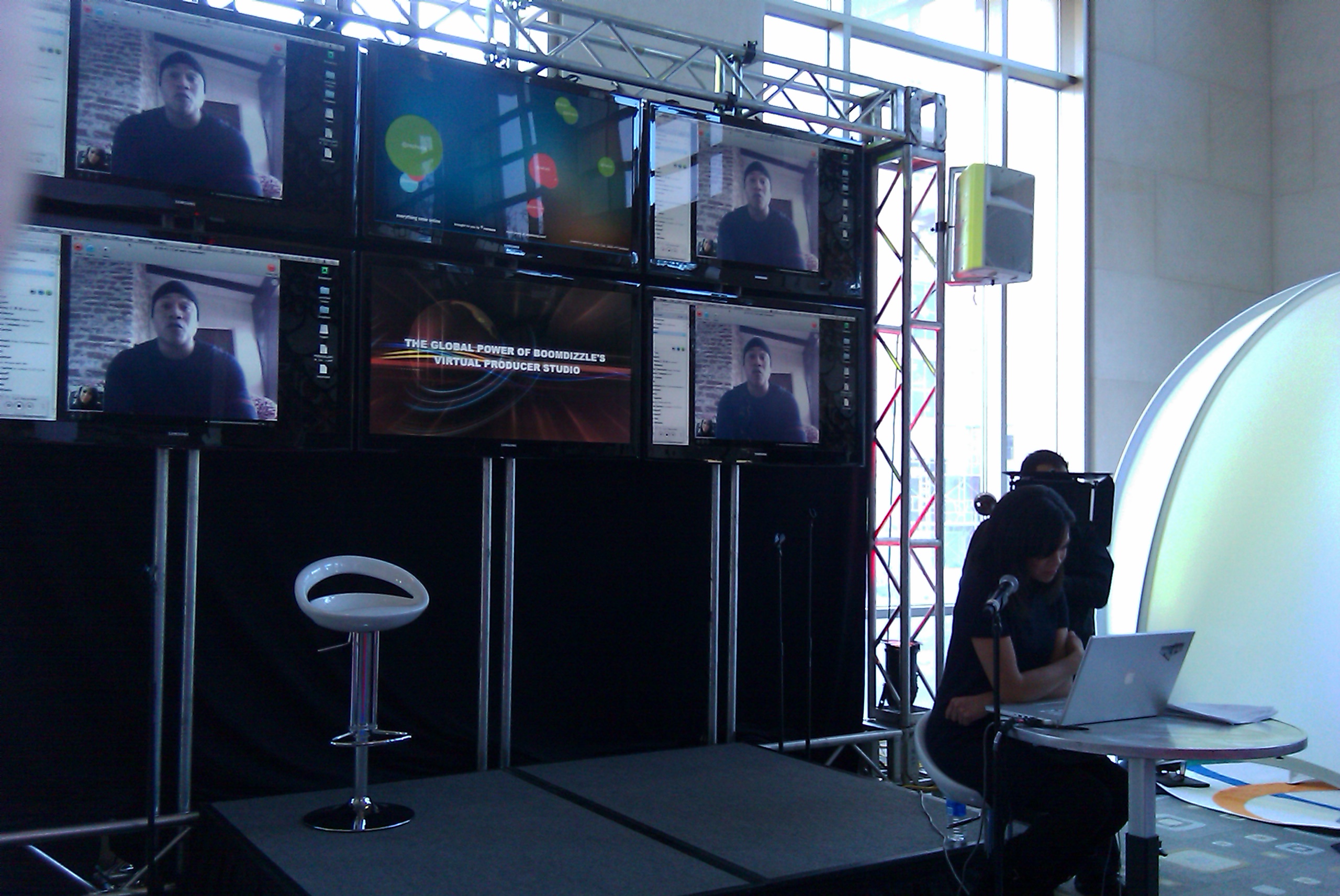By Guest Author Katie Weltner

Technology affects children at increasingly younger ages, and I have often wondered at how immediate and constant interaction alters the formation and maintenance of friendships, and how their friendships will differ from the older, more traditional (re: face-to-face) way of communicating.
Three Indiana University professors studied 40 seventh grade students (ages 11-13) to see if the students created more, but weaker relationships, and to learn the extent that technological communication was valuable for less social students. With the abundance of online friendship networks, it seems plausible that many students would communicate more often with less-close friends, yet this data indicates otherwise.
They write that the number of relationships students identified as “close” showed “no significant difference in relational intensity” as with the number of friends with whom the students communicated through socially interactive technologies (SITs), meaning the students did not have more friends online than offline. However, the study also found that the 10% of students who said they had “few” or “no” close friends used SITs to communicate with acquaintances, as opposed to close friends. This divergence can possibly be explained through an understanding that the majority of students hold “in-depth” conversations, presumably with closer friends, in person or on the telephone. Additionally, with friends identified as “close”, many students only used SITs as basic maintenance and making plans.
Ultimately, all relationships differ. Some students with strong friendships rarely communicate with SITs, while others often do, and the students used “different SITs with different friends.” One aspect of this is that many of these students only had access to one SIT, while others had access to none, which would alter the form of communication with both players in the friendship. In addition, some relationships simply may be stronger through certain modes of communication than others.
Since 2006 when this article was published, the usage of IMing has increased. What has not possibly changed? In this article nearly all communication through SITs was between those the students who had met before, and that the students were not using the internet to develop new friendships, a trend I hope will continue.
One of the interesting things to note about the technological world is the abundance of accessible information. Websites such as Facebook allow friends, acquaintances and complete strangers to see equal amounts of information about the user. Acquaintances can suddenly learn a surprising deal about someone they just met, and can instantly judge whether or not to pursue the relationship. This instantaneous selection process can affect the way children learn to deal with bad situations and relationships in their lives. For those primarily developed before the rush of technological communication, it is important to note how a slightly younger generation will relate to those around them throughout their entire lives.
Bryant, J., Sanders-Jackson, A., & Smallwood, A. (2006). IMing, text messaging, and adolescent social networks. Journal of Computer-Mediated Communication, 11, 577-592.


 In a study that addressed the problems that arise in the e-mail strategies of parent-teacher communication, Thompson conducted 60 interviews with 30 parents and 30 teachers, as well analyzed a total of 188 e-mails (from 27 teachers) and 153 e-mails (from 26 parents).
In a study that addressed the problems that arise in the e-mail strategies of parent-teacher communication, Thompson conducted 60 interviews with 30 parents and 30 teachers, as well analyzed a total of 188 e-mails (from 27 teachers) and 153 e-mails (from 26 parents).